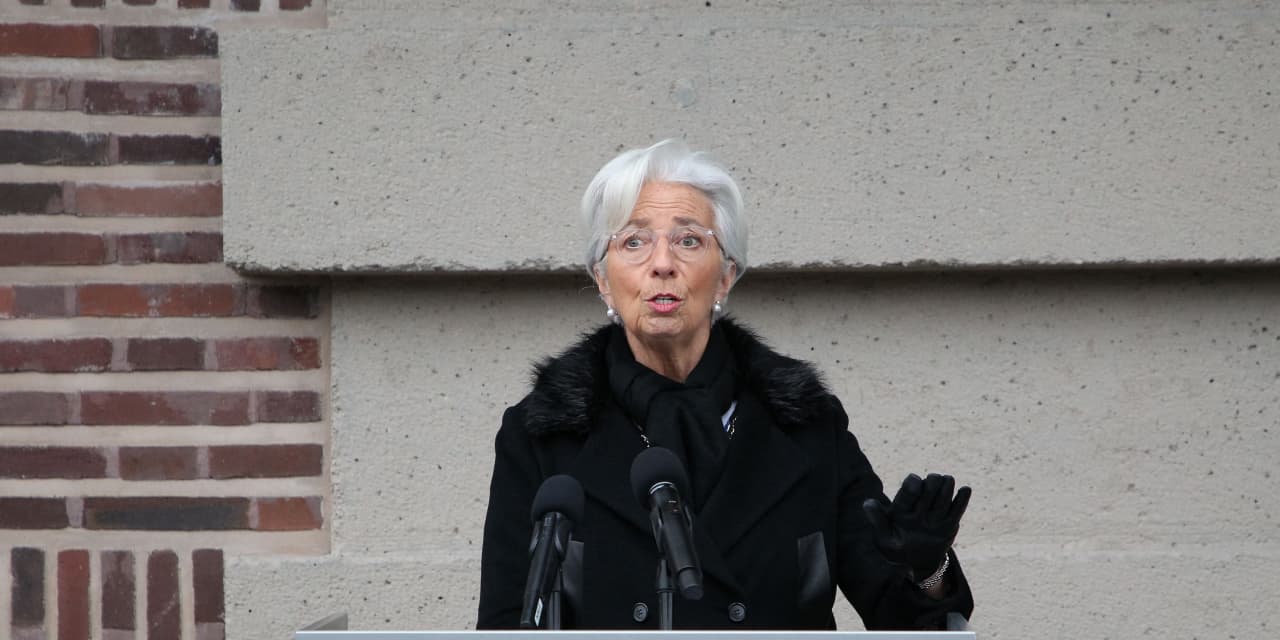Is A Half-Point Interest Rate Cut The Right Move For The Bank Of England?

Table of Contents
The Case for a Half-Point Interest Rate Cut
A 0.5% reduction in interest rates could provide a much-needed boost to the flagging UK economy.
Stimulating Economic Growth
Lowering interest rates makes borrowing cheaper for both consumers and businesses. This can have a ripple effect throughout the economy:
- Lower borrowing costs: Reduced mortgage rates can free up household disposable income, leading to increased consumer spending. Businesses can also access cheaper loans, facilitating investment in expansion and job creation.
- Increased consumer confidence: Lower interest rates can create a more optimistic outlook, encouraging greater spending and investment.
- Potential for business expansion: Easier access to credit allows businesses to invest in new equipment, hire more staff, and expand their operations, ultimately boosting economic output.
Historically, previous rate cuts by the BoE have shown a correlation with increased economic activity, although the magnitude of the effect varies depending on various economic factors. For example, the rate cuts implemented during the 2008 financial crisis aimed to stimulate lending and prevent a deeper recession. Analyzing the effectiveness of those past interventions offers valuable insights into the potential impact of a current half-point reduction.
Combating Deflationary Pressures
While inflation is currently a concern, a rate cut could be considered if deflationary pressures emerge. In such a scenario, a rate cut aims to:
- Increase money supply: Lowering interest rates encourages banks to lend more freely, increasing the overall money supply in the economy.
- Potential for increased demand: Increased money supply can lead to higher consumer spending and business investment, counteracting deflationary trends.
However, this approach carries risks. If the economy is already experiencing strong demand, a rate cut could exacerbate inflationary pressures, leading to an undesirable outcome.
The Case Against a Half-Point Interest Rate Cut
Despite the potential benefits, a half-point interest rate cut presents significant challenges and risks.
Inflationary Risks
One of the primary concerns is the potential for a rate cut to fuel inflation. Lower borrowing costs could lead to:
- Increased prices: Increased consumer demand, driven by cheaper credit, could push up prices across the board.
- Reduced purchasing power: Higher inflation erodes the value of money, reducing consumers' purchasing power.
- Potential for wage-price spiral: If inflation rises significantly, workers may demand higher wages to compensate for the loss of purchasing power. This could lead to a wage-price spiral, where rising wages further fuel inflation.
Furthermore, a rate cut might weaken the pound's exchange rate, making imports more expensive and potentially exacerbating inflationary pressures.
Impact on Savers
A rate cut directly impacts savers who rely on interest income from their savings:
- Reduced returns on savings accounts: Lower interest rates mean lower returns on savings, reducing the income of those relying on interest for their livelihood.
- Impact on retirement plans: Savers approaching retirement could see their retirement plans negatively affected by reduced interest income.
Effectiveness and Timing
The effectiveness of a half-point interest rate cut hinges on various factors, including the overall economic climate and the specific nature of the current economic challenges.
- Alternative monetary policies: The BoE might consider other monetary policy tools, such as quantitative easing (QE), or forward guidance on future interest rate decisions.
- Fiscal policies: Government spending and taxation policies can complement monetary policy in stimulating economic growth.
- Structural reforms: Addressing underlying structural issues in the economy, such as skills shortages or lack of investment, can be crucial for long-term sustainable growth. The current economic outlook and the interplay of these various factors will significantly influence the BoE's decision-making process.
Alternative Monetary Policy Options
Instead of, or in addition to, a half-point interest rate cut, the BoE could explore other options:
- Quantitative easing (QE): This involves the BoE purchasing government bonds to increase the money supply and lower long-term interest rates.
- Forward guidance: This involves the BoE communicating its intentions regarding future interest rate policy to influence market expectations.
- Other unconventional monetary policies: The BoE might consider other less conventional approaches depending on the economic circumstances.
Each of these alternatives carries its own set of advantages and disadvantages, which the BoE must carefully weigh against the potential benefits and drawbacks of a half-point interest rate cut.
Market Reaction and Expectations
A half-point interest rate cut would likely trigger significant reactions in financial markets:
- Impact on the pound: A rate cut could weaken the pound's exchange rate against other currencies.
- Government bond yields: Lower interest rates could lead to lower yields on government bonds.
- Stock market performance: The stock market's reaction would depend on how investors perceive the impact of the rate cut on future economic growth and corporate earnings.
Market sentiment and investor expectations leading up to the BoE's decision will significantly influence the actual market reaction.
Conclusion: Is a Half-Point Interest Rate Cut the Right Move for the Bank of England? – A Summary
The decision of whether or not to implement a half-point interest rate cut is complex and multifaceted. While a rate cut could stimulate economic growth and potentially combat deflationary pressures, it also carries risks such as increased inflation and negative consequences for savers. Alternative monetary policy options, along with fiscal and structural policies, should also be considered. The BoE must carefully weigh the potential benefits and risks before making a decision.
What are your thoughts on the potential for a half-point interest rate cut by the Bank of England? Do you believe a half-point reduction in interest rates is the correct approach? Should the Bank of England consider a less aggressive interest rate adjustment? Share your opinions in the comments below.

Featured Posts
-
 Lotto 6aus49 Ziehung Vom 9 4 2025 Gewinnzahlen
May 08, 2025
Lotto 6aus49 Ziehung Vom 9 4 2025 Gewinnzahlen
May 08, 2025 -
 Understanding The Ps 5 Pros Announced Technological Advancements
May 08, 2025
Understanding The Ps 5 Pros Announced Technological Advancements
May 08, 2025 -
 A Pivotal Wwii Role Nathan Fillions Performance Before The Rookie
May 08, 2025
A Pivotal Wwii Role Nathan Fillions Performance Before The Rookie
May 08, 2025 -
 Celtics Coach On Tatums Wrist Latest Injury News And Recovery Timeline
May 08, 2025
Celtics Coach On Tatums Wrist Latest Injury News And Recovery Timeline
May 08, 2025 -
 Understanding The Xrp Rise The Role Of President Trumps Actions
May 08, 2025
Understanding The Xrp Rise The Role Of President Trumps Actions
May 08, 2025
